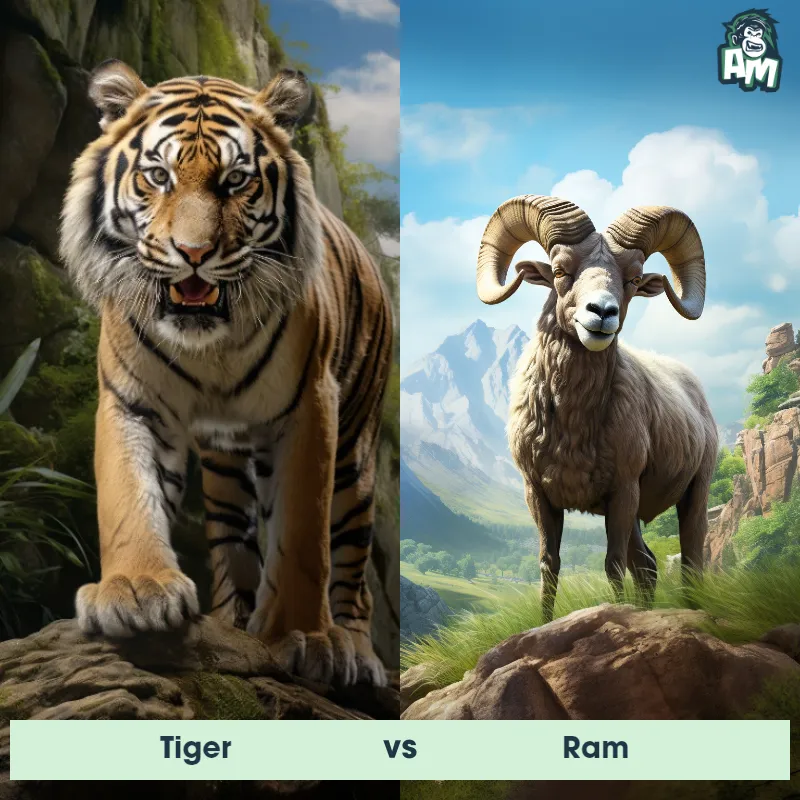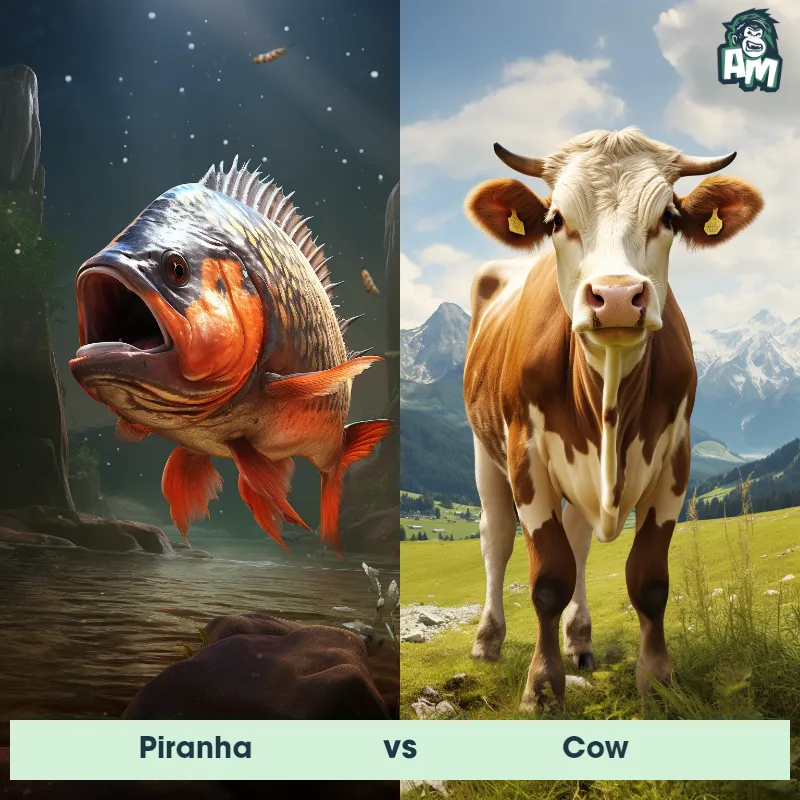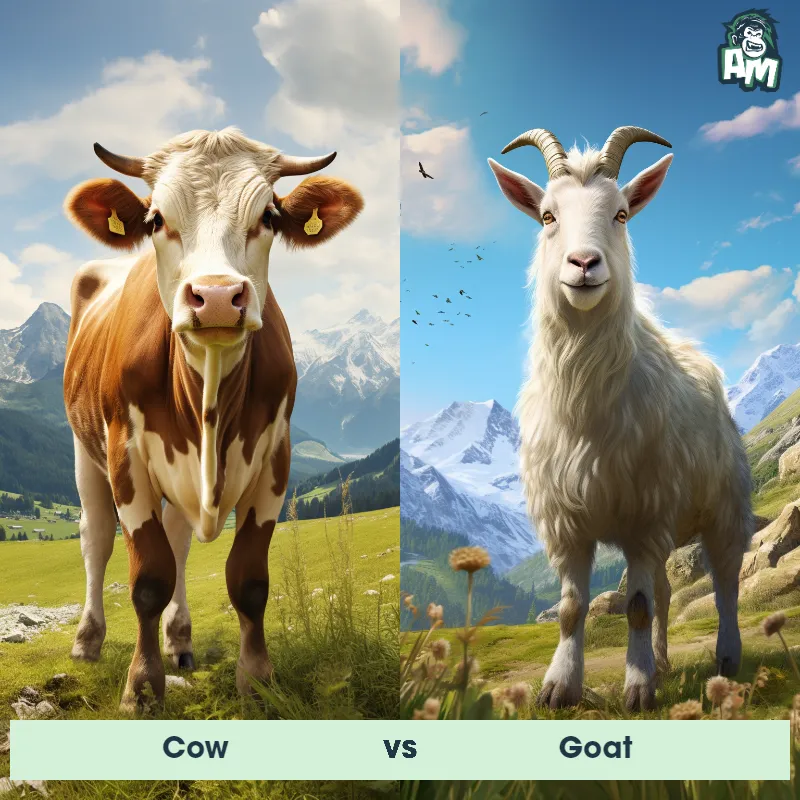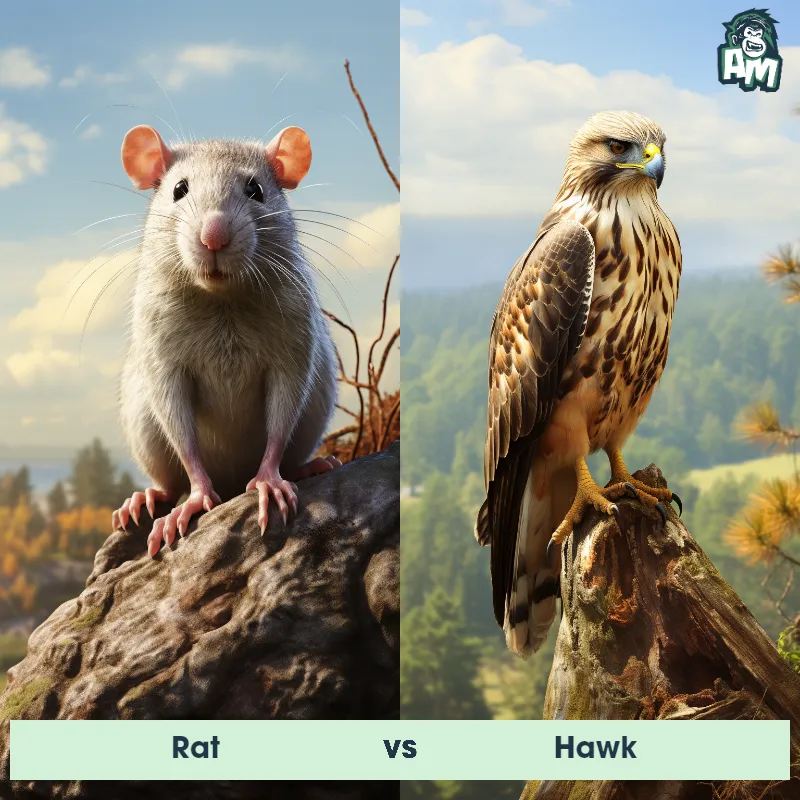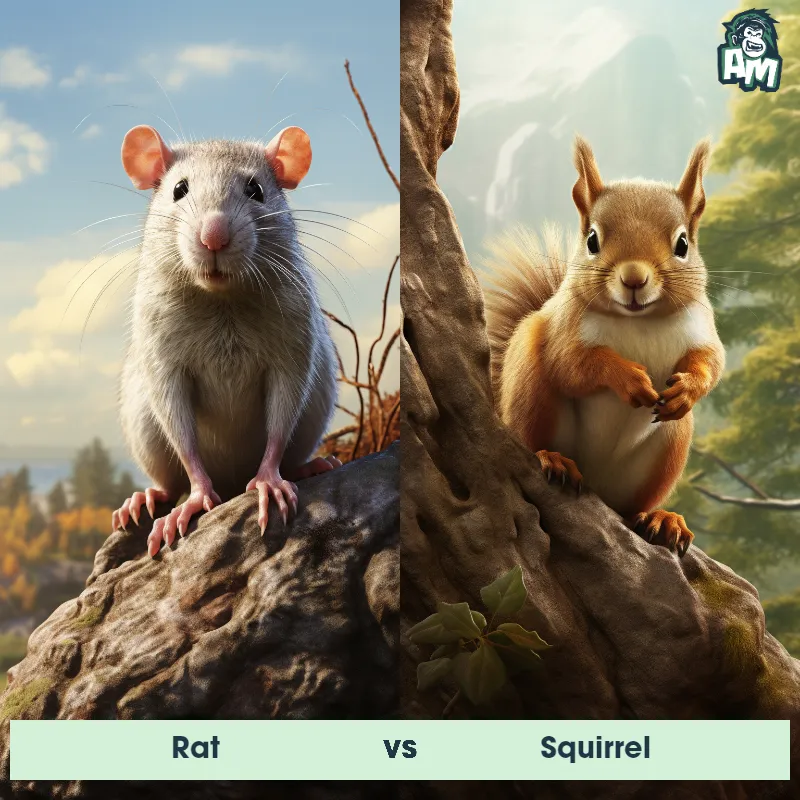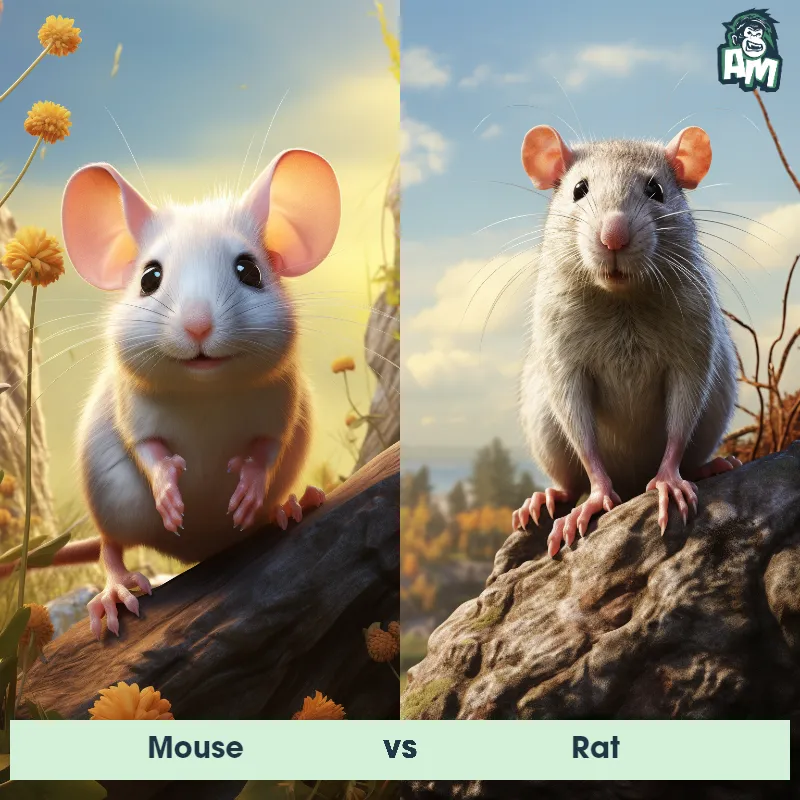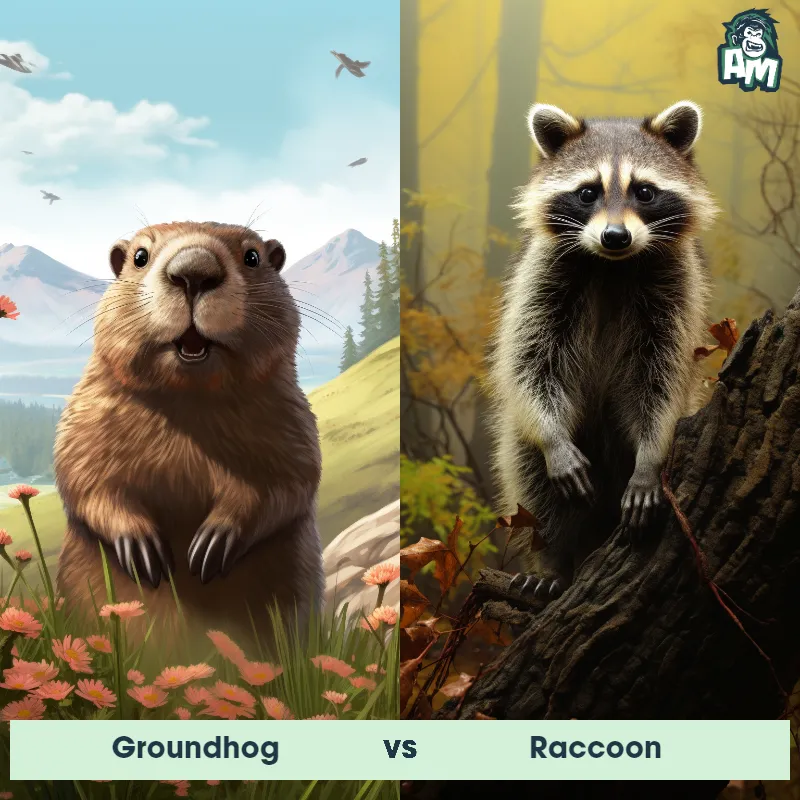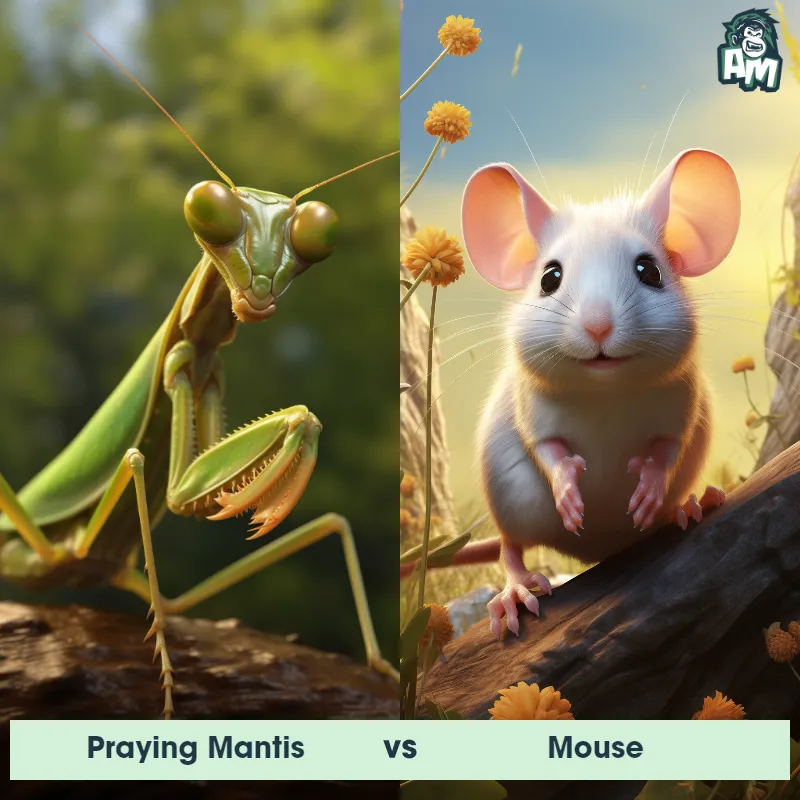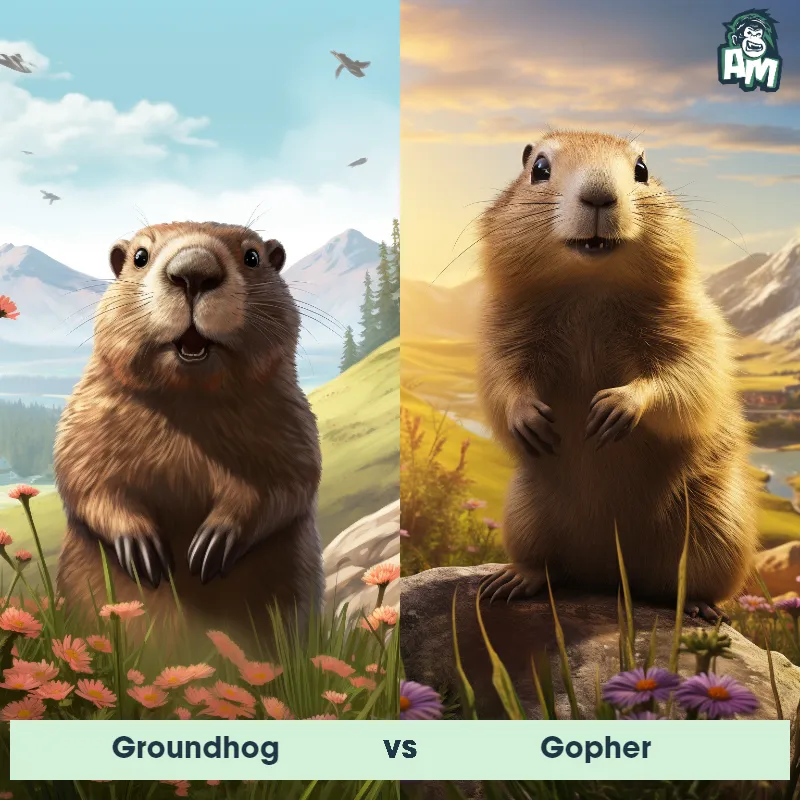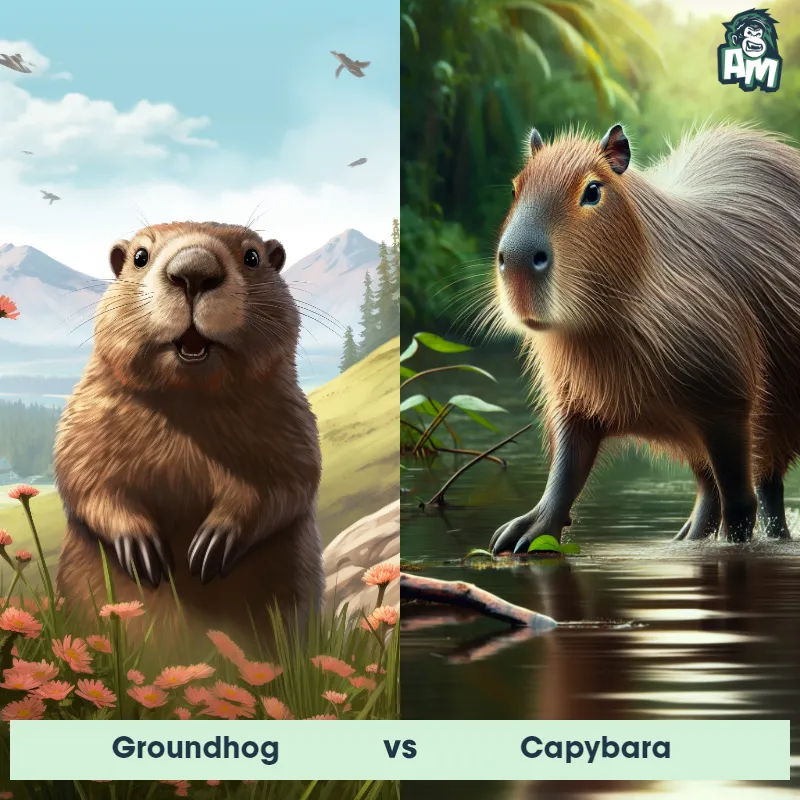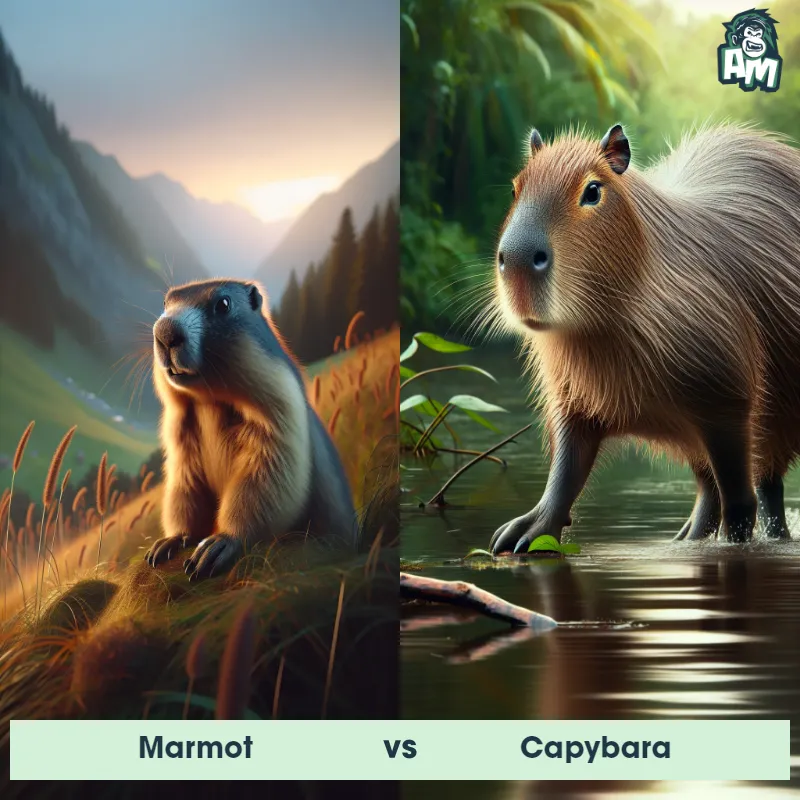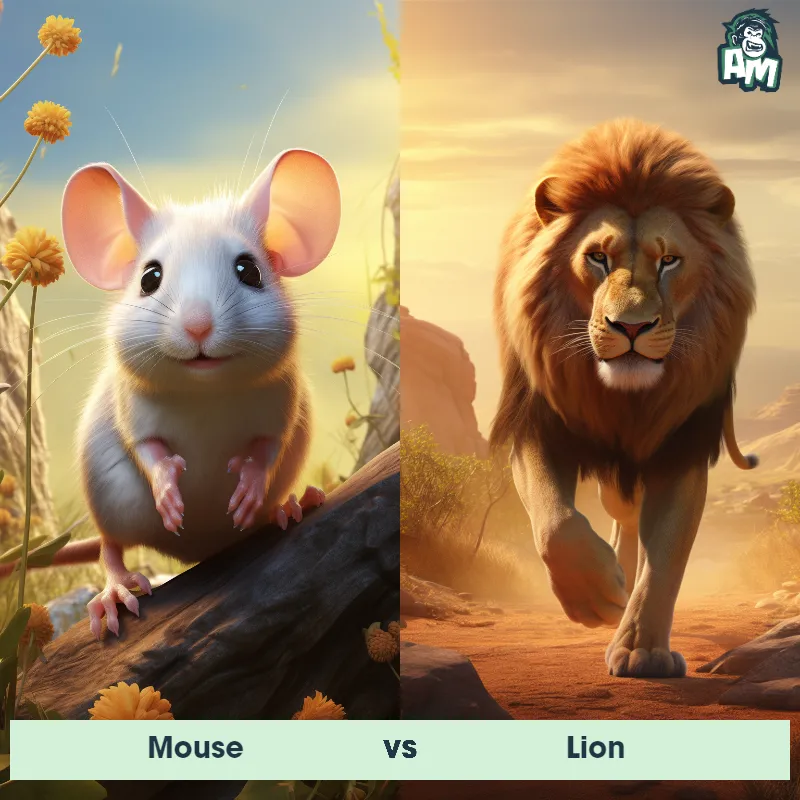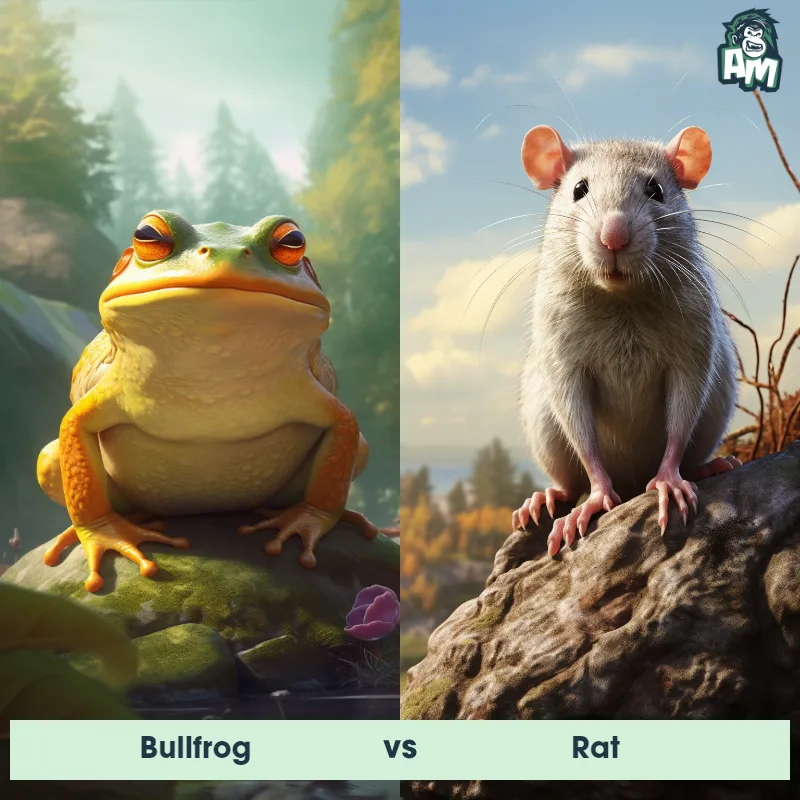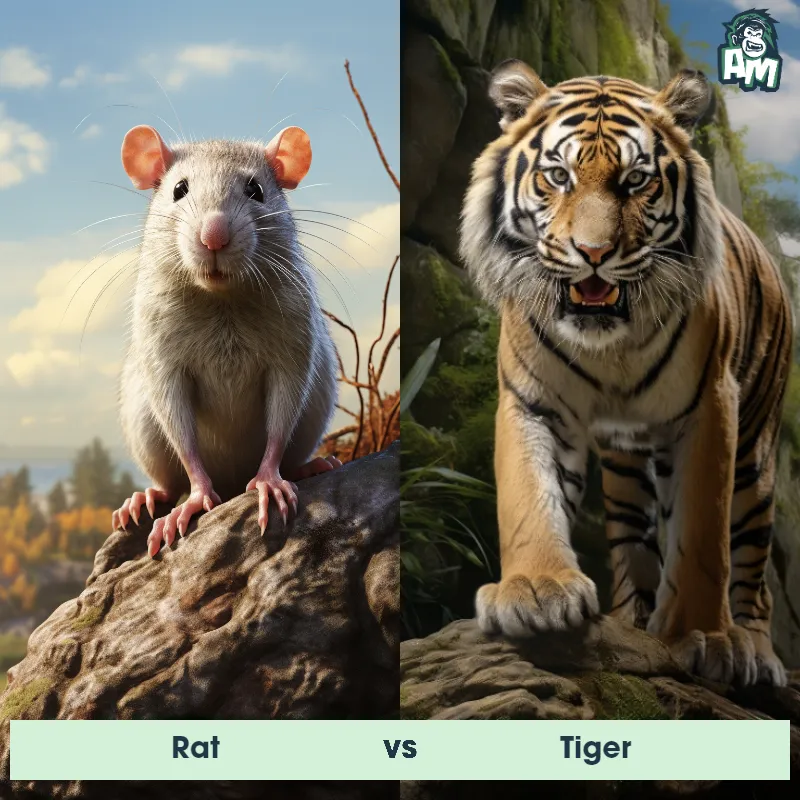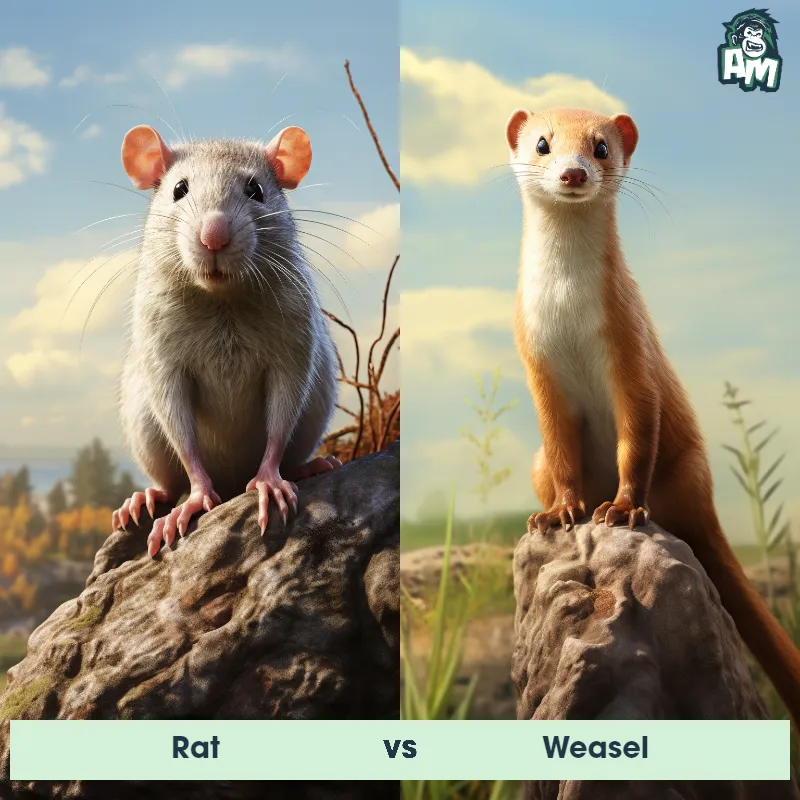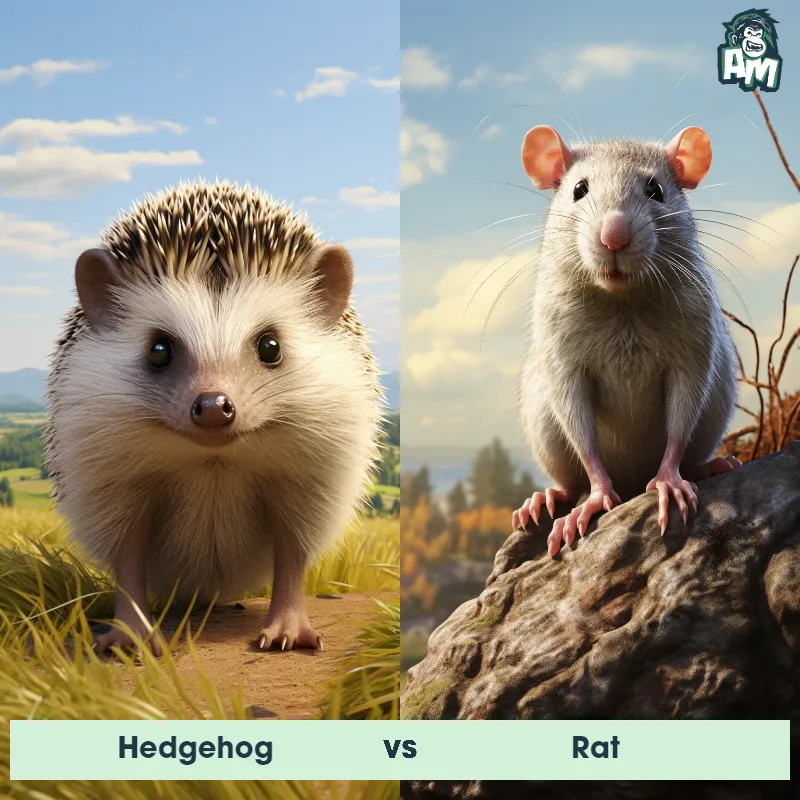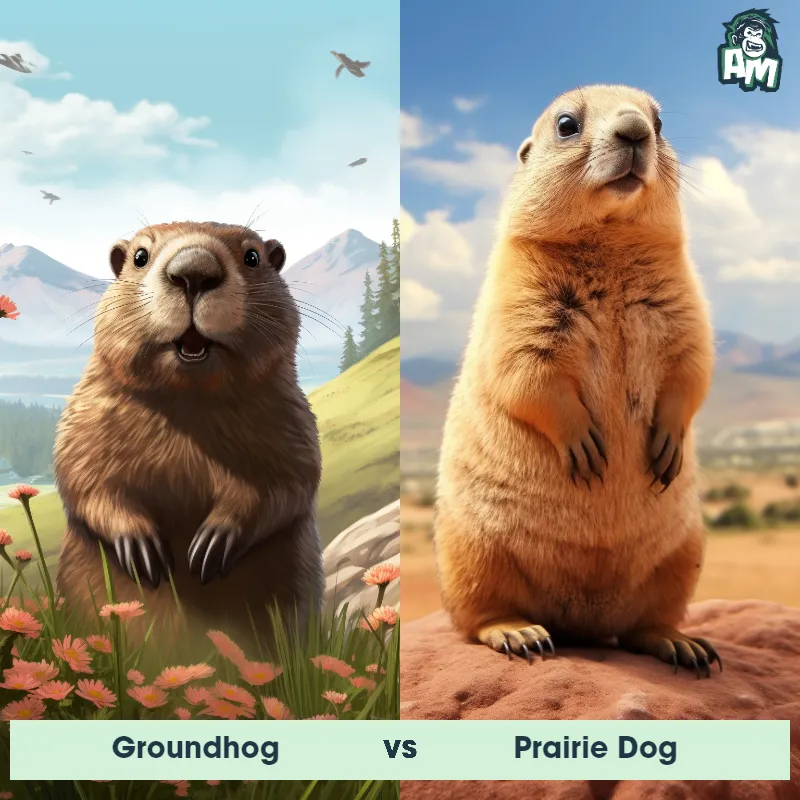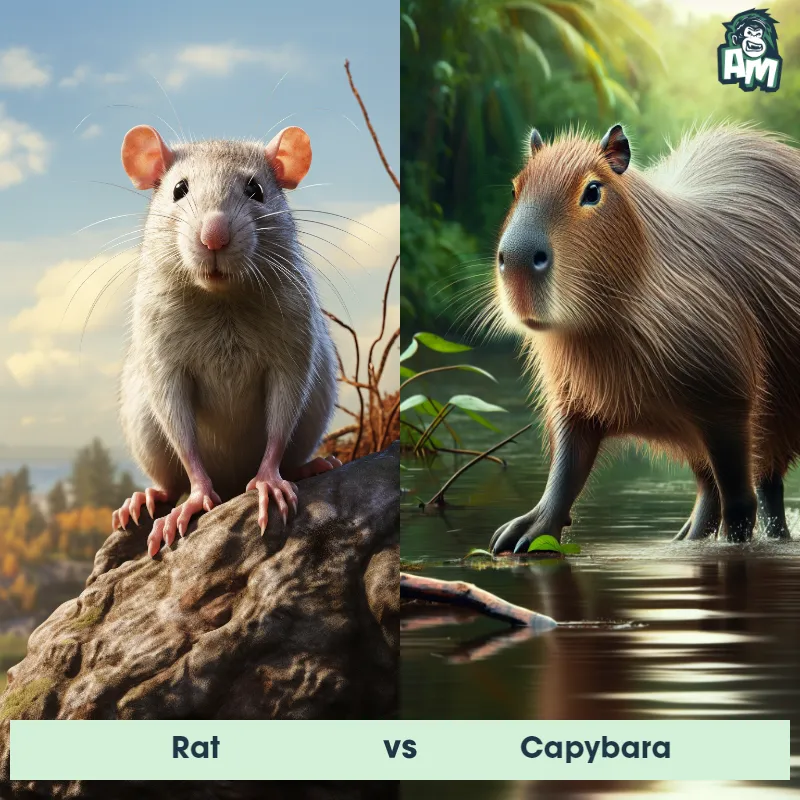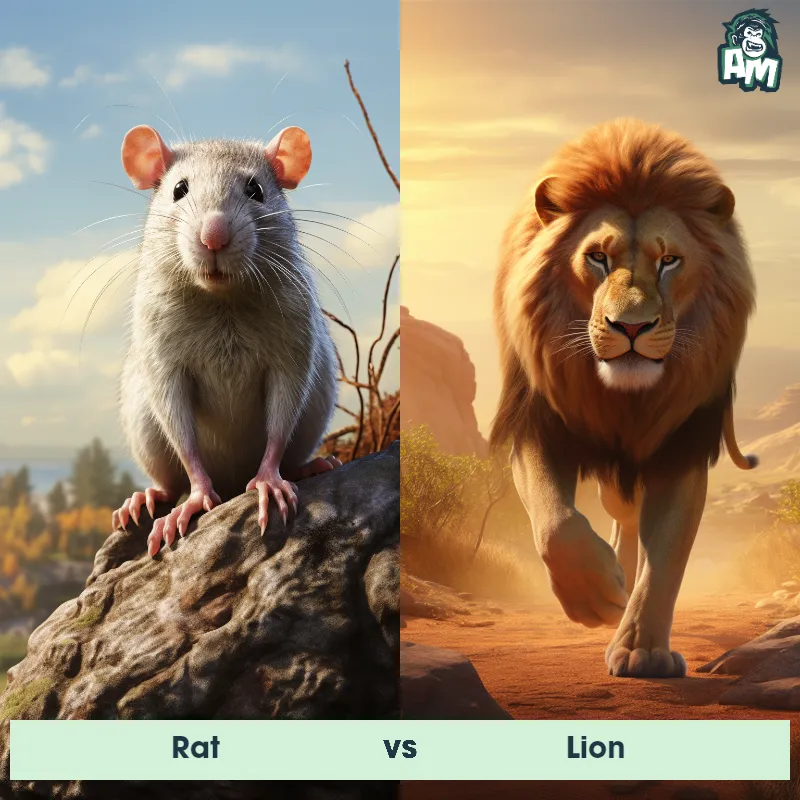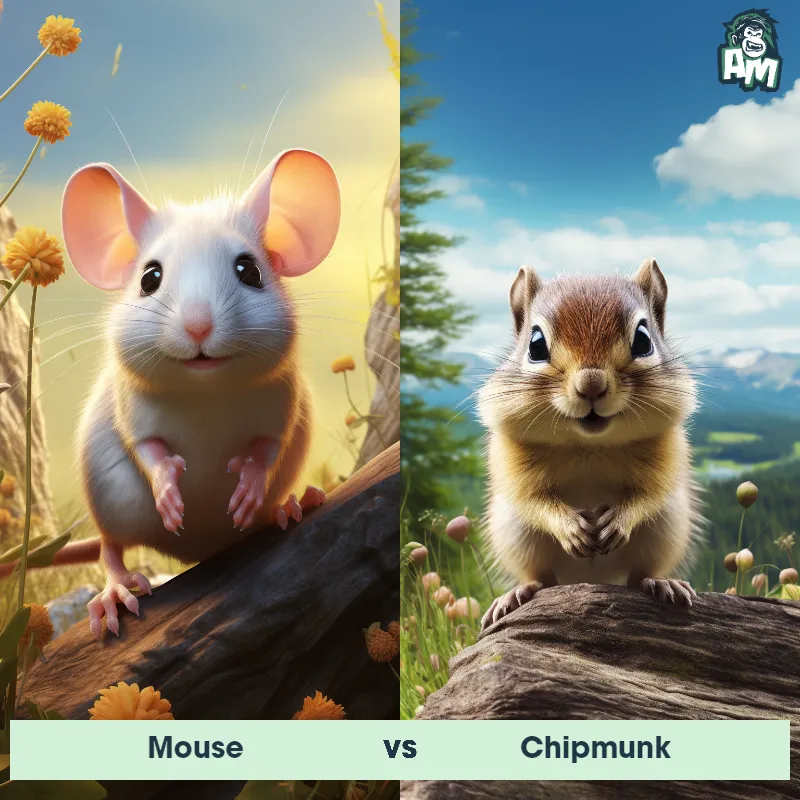Groundhog vs RatSee Who Wins

Welcome, ladies and gentlemen, to a unique matchup, a clash of small mammal titans. Tonight, we witness a groundhog and a rat battling it out in the arena, a test of strength, agility, and tactics. It's nature's own way of playing chess--a high-stakes game of survival.
Contender 1: Groundhog
The Groundhog, also known as a woodchuck, is a rodent of substantial size known for its burrowing habits. Groundhogs possess a stout body, weighing up to 14 pounds and measuring up to 26 inches long. They have a grizzled, grayish-brown fur, short ears, a small tail, and sharp claws which are well-adapted for digging. The Groundhog's diet primarily consists of grasses, fruits, and vegetables, and they are often found in meadows, pastures, and along the edges of woodlands.
Fun Fact: Groundhogs are not only skilled diggers but also efficient swimmers and climbers, surprising traits for their seemingly clumsy build.
Contender 2: Rat
The Rat is a medium-sized, long-tailed rodent, renowned for its adaptability to various environments. Common species include the larger brown rat (also known as the Norway rat) and the smaller black rat. Rats typically range from 9 to 11 inches in body length, with a tail length that's about the same. They have robust bodies, pointed snouts, and small, hairless ears. Rats are omnivores, with a diet that can include grains, fruits, vegetables, meat, and eggs, and they have a strong instinct to gnaw, which keeps their constantly growing teeth in check.
Fun Fact: Rats have excellent memories, and once they learn a navigational route, they won't forget it.
Matchup Stats
| Groundhog | Rat | |
|---|---|---|
| Size | Up to 26 inches long (66 cm) | 9 to 11 inches (22.86 to 27.94 cm) |
| Weight | Up to 14 pounds (6.35 kg) | 0.77 to 1.1 lbs (350 to 500 grams) |
| Speed | 12 mph (19 km/h) | 7mph (11km/h) |
| Key Strength | Sharp claws for digging and defense | Strong instinct to gnaw |
| Biggest Weakness | Stout body, not built for speed | Small size and lack of defensive mechanisms |
Current Votes
Groundhog vs Rat
See Who Wins
View More Matches
Looking For More?
Similar Matches
Scientific Stats
| Groundhog | Rat | |
|---|---|---|
| Scientific Name | Marmota monax | Rattus |
| Family | Sciuridae | Muridae |
| Habitat | Meadows, pastures, and edges of woodlands | Various environments, including urban areas, forests, and fields |
| Geography | North America | Worldwide, except for Arctic and Antarctic regions |
| Diet | Grasses, fruits, and vegetables | Omnivorous (grains, fruits, vegetables, meat, eggs) |
| Lifespan | 3 years - 6 years | 1 year - 4 years |
Key Differences between Groundhog and Rat
- Teeth: Both groundhogs and rats are rodents, and thus have large incisors. However, a groundhog's incisors are white, while a rat's incisors are yellow to orange.
- Size: Groundhogs are significantly larger than rats. An adult groundhog can weigh between 6 and 12 pounds and measure up to 26 inches long, including the tail. In contrast, an adult rat typically weighs between 0.5 to 1 pound and measures up to 18 inches long, including the tail.
- Fur color: Groundhogs have dense grey underfur and a longer coat of banded guard hairs that gives them a frosted appearance. Rats, on the other hand, typically have smooth, short fur that can vary in color from white and gray to brown or black.
- Body shape: Groundhogs have a stout, robust body with short, strong legs designed for digging. Rats have a more elongated, slender body with long, thin legs.
- Ears: Groundhogs have short, round ears that are covered in fur. Rats have larger, hairless ears that are more prominent.
- Tail: The tail of a groundhog is short, bushy, and covered in fur, while a rat's tail is long, thin, and hairless.









